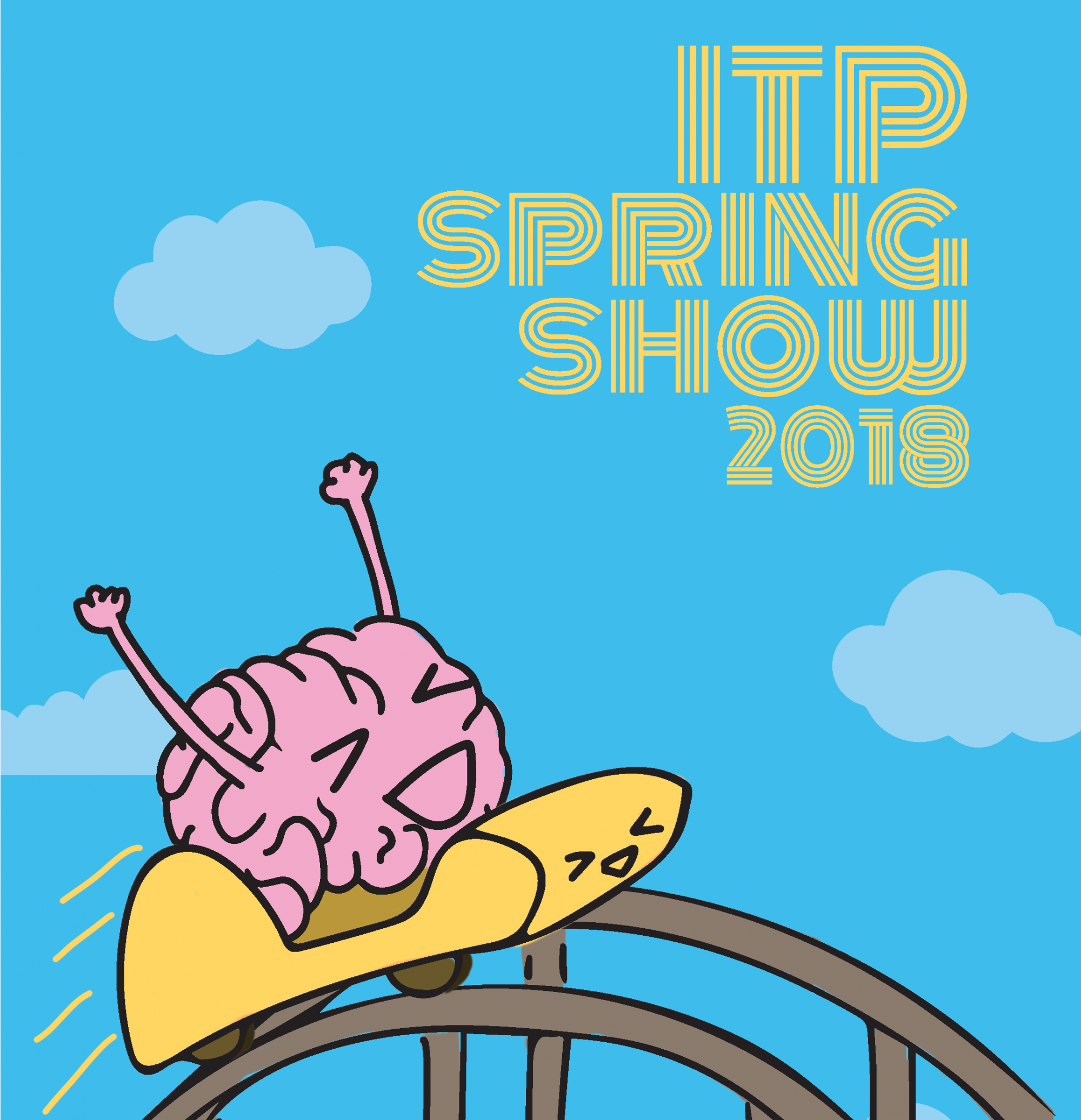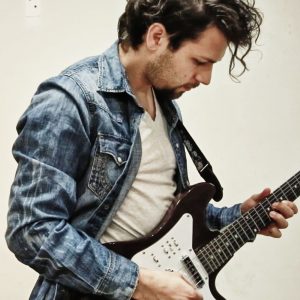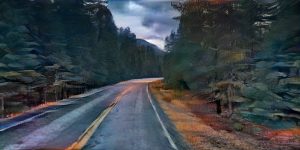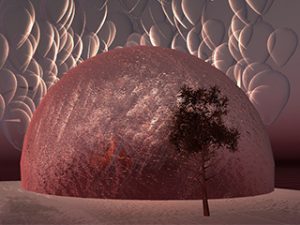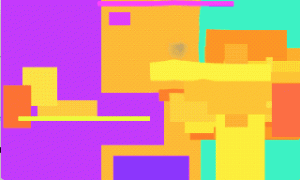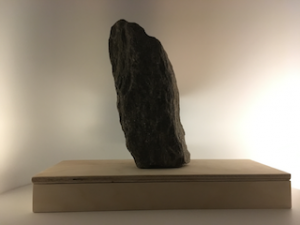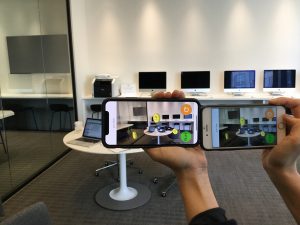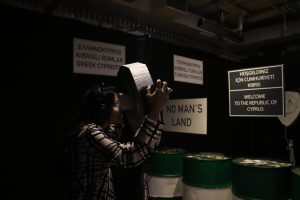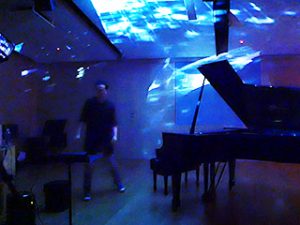Dan Oved
The soul reader uses the focus of a viewer's gaze to generate imagery that's a reflection of their subconscious.
http://www.danioved.com/blog/posts/electronic-rituals/the-soul-reader/
Description
This is a screen based experience which uses the focus of a viewer's gaze to continuously generate imagery. It shows the viewer different colors, text, shapes, and scenes, and uses recent advances in machine learning to determine which of these elements the viewer's gaze is focused on. It uses this information to continuously generating new patterns, colors, and shapes similar to what the viewer was fixated on, and renders them away from the center of the gaze. This way, the scene is constantly changing out of the field of view.
It’s like a choose your own adventure driven by your subconscious with no ending. It is both continuous and infinite. One person who continues where the another left off will start with the imagery generated by that other person, resulting in an experience shaped by all the people that used it before.
Classes
Electronic Rituals, Oracles and Fortune-Telling
